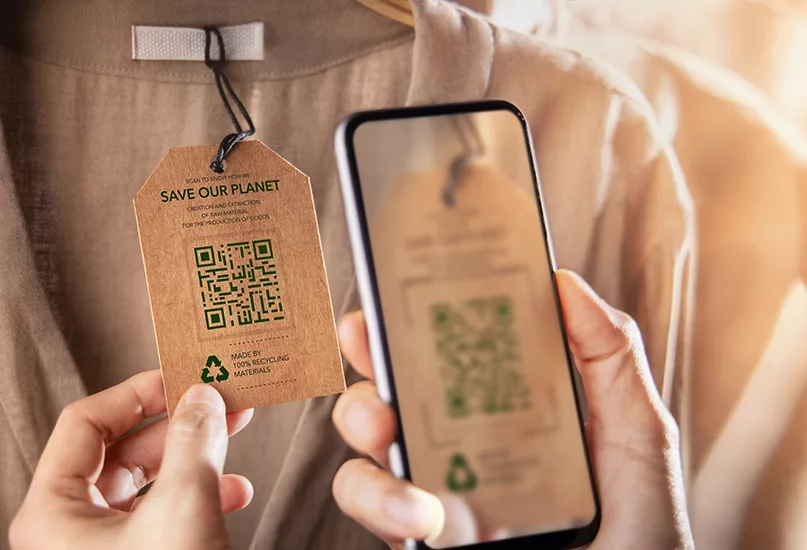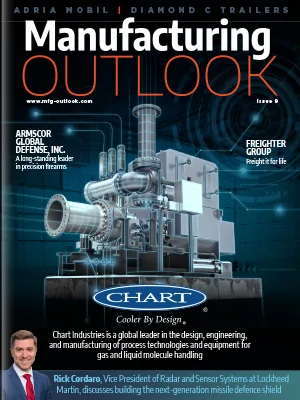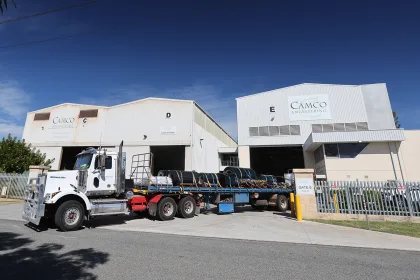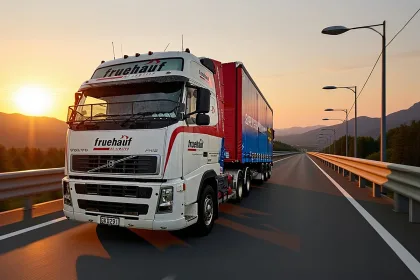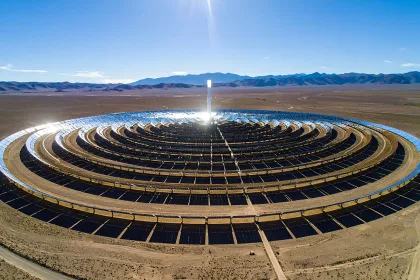MORE THAN JUST A TREND
Manufacturers, specifically, are at the forefront of promoting sustainable and ethical practices throughout the entire fashion industry by challenging the notion that it is savvy to create more and haphazardly discard the excess. New ideas and systems are showcasing that less is more when it comes to fashion manufacturing.
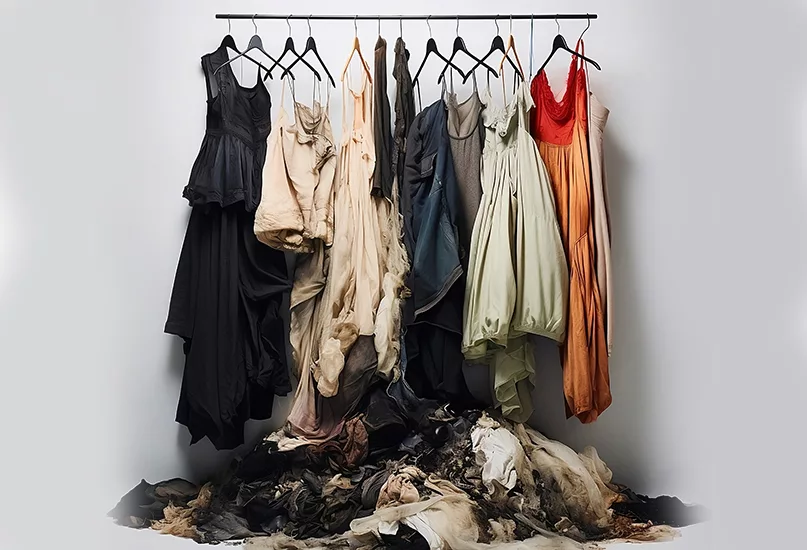
FAST FASHION AND ITS DIRTY SECRETS
Fast fashion – a phenomenon that has been especially prevalent within the past three decades – is the main culprit of these crimes against the environment and humanity.
The concept was brought forth due to a rise in population and increased consumer demand, shifting the fashion business model towards the notion of ‘more stuff, more quickly, and more cheaply’.
Today, fast fashion manufacturing is notorious for being one of the most environmentally damaging industries globally. It is a system in which clothing is produced quickly and cheaply, with the aim of meeting the demands of rapidly changing trends while sacrificing quality and ethical practices in the process.
Workers in fast fashion factories are subjected to long hours, low wages, unsafe working conditions, and exploitative labour practices such as child and forced labour. The industry also heavily relies upon the use of synthetic materials, most notably polyester, which are derived from non-renewable resources and contribute to pollution and excess waste.
Fast fashion produces approximately 92 million tonnes of refuse annually, and this demand for a constant supply of new products and shorter turnaround times leads to increased transportation and energy usage, furthering the impact on global climate change.
The industry has also resulted in a cultural shift in the way society views garments by perpetuating a culture of overconsumption. The constant pressure for new products and the short lifespan of clothing endorses a throwaway mindset, resulting in unhealthy consumerism, soil degradation, deforestation, and GHG emissions.
Therefore, fast fashion manufacturing has ethical implications that can no longer be kicked under the rug. The dizzying speed of production and consumption of low budget, poorly made clothing comes at a high cost to both the environment and the people involved in the manufacturing process.
It is time to acknowledge the environmental and social impacts of fast fashion and take responsibility by shifting focus to slow manufacturing – an alternative to the wasteful and ignominious consequences of the industry that highlights a conscious effort to support ethical production practices.
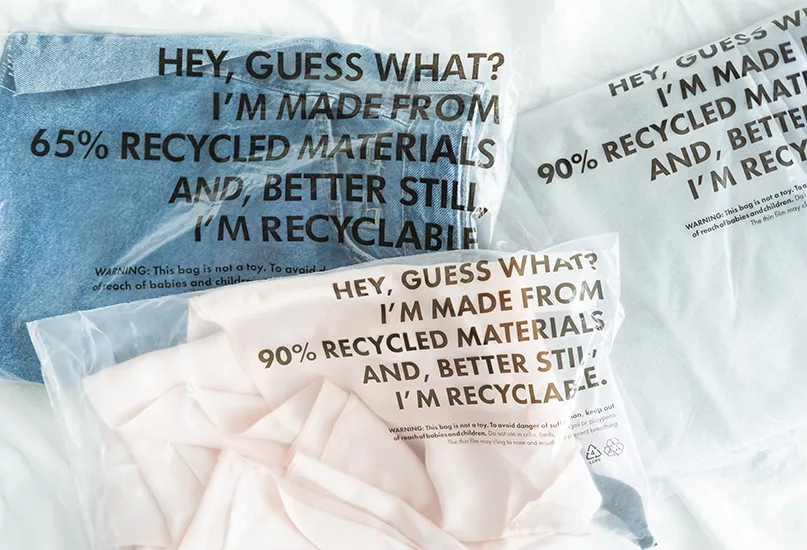
THE QUIET REBELLION OF SLOW FASHION
Closely aligned with the increasing global emphasis on renewable energy, environmental sustainability, and ethical production, the slow fashion manufacturing movement is an equal but opposite reaction to the dangerous fashion surplus over the past few decades.
Coined in 2007 by Kate Fletcher in The Ecologist, slow fashion originally referred to the similarities between the slow food movement and consumers’ new-found awareness of how their clothing was manufactured.
Today, slow fashion rejects the idea of disposable trends and centres around the conscious creation of garments through ethical production, ensuring that workers are treated fairly and the environment is protected through sustainable practices.
In contrast to fast fashion, where the motto is quantity over quality, slow fashion manufacturing prioritises clothing built to stand the test of time, meaning that consumers can invest in pieces that will last longer and save money in the long run by reducing the need for constant replacement.
By producing pieces that will last beyond a single season, the production process becomes slower and more thoughtful. Manufacturers take the time to make each item carefully, allowing for greater control and quality assurance.
Transparency is also an important aspect of slow fashion. When companies share their manufacturing processes, consumers feel a greater connection to the products they are purchasing and thus begin to recognise the stark differences in quality. Transparency in slow fashion manufacturing also allows for the fair working conditions of the people who produce clothing.
Ultimately, people want to make a positive impact with their purchases, and slow fashion is gaining momentum because it offers exactly that.
Manufacturers are at the forefront of promoting sustainable and ethical practices within the industry by turning away from the mindset of rapid consumerism and instead embracing quality, durability, and ethical sourcing of materials.
While it may sound counterintuitive, the secret to manufacturers incorporating these eco-friendly and humanitarian processes while increasing their bottom line is to produce less and more slowly.
The fashion industry should not only be about boasting the latest trends but weaving values, ethics, and environmental stewardship into the fabric of everyday life.
